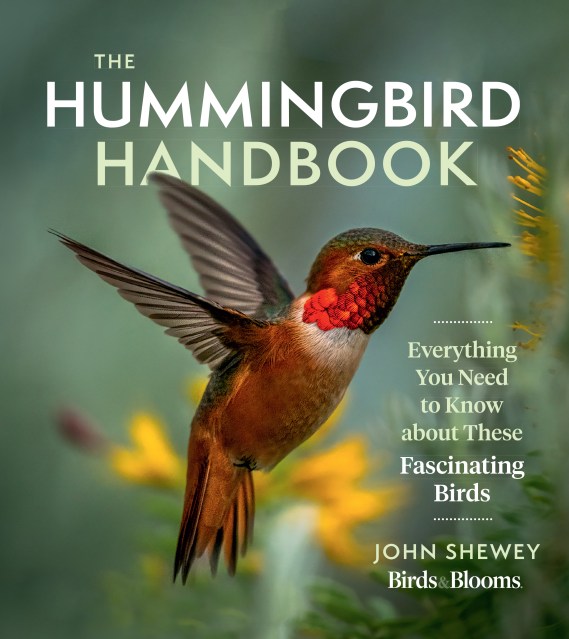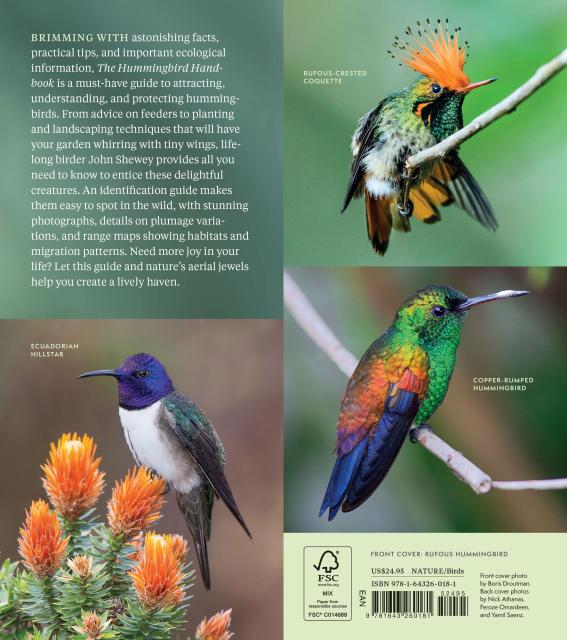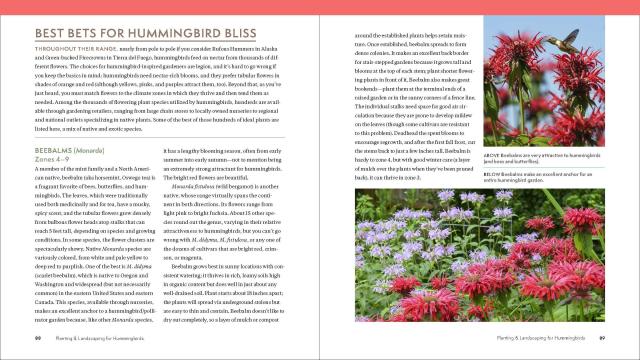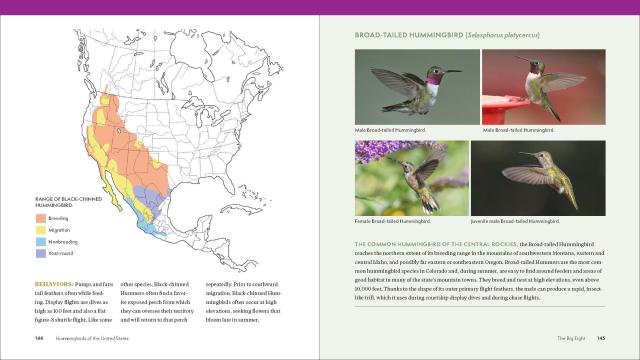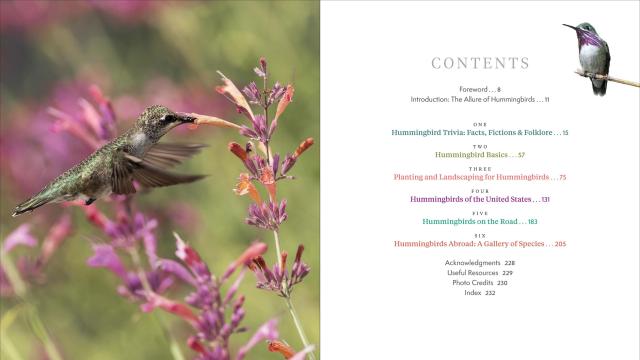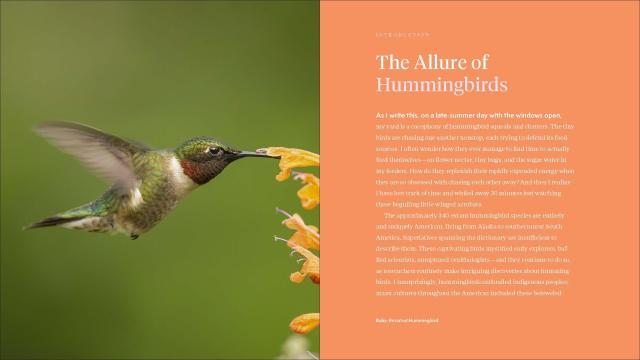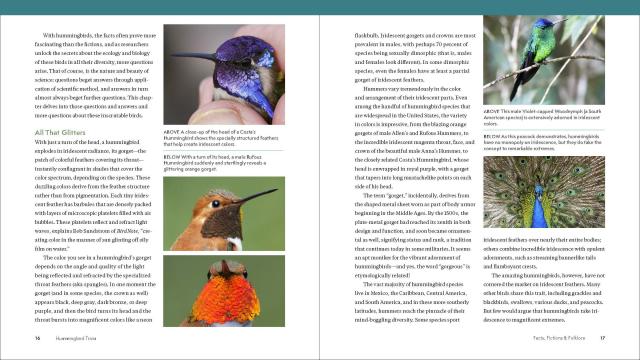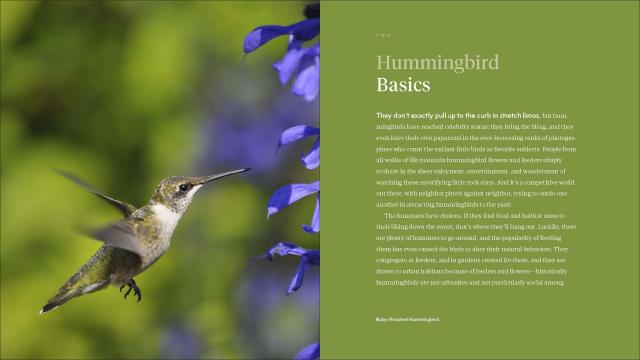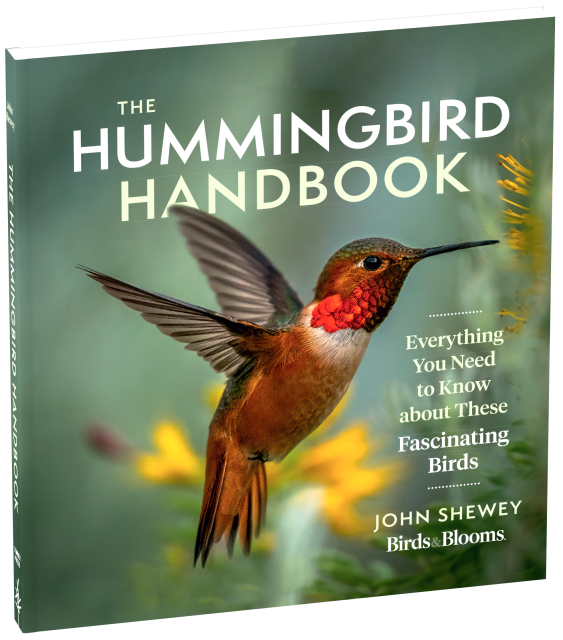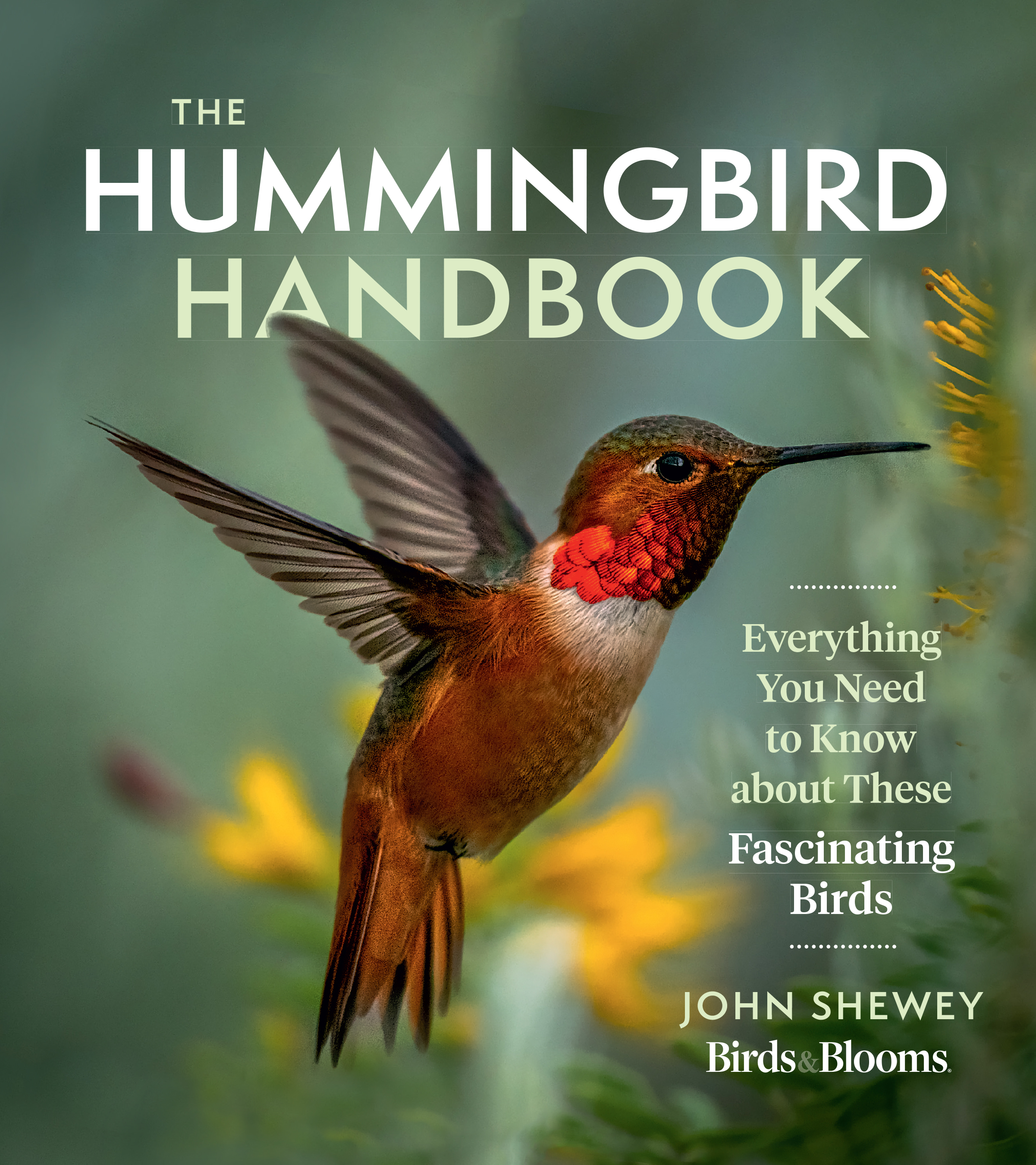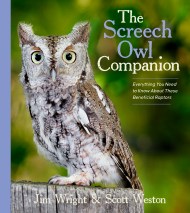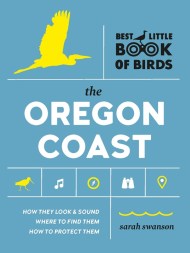Promotion
Shop now and save 20% on your back-to-school purchases & get free shipping on orders $45+ Use code: SCHOOL24
The Hummingbird Handbook
Everything You Need to Know about These Fascinating Birds
Contributors
By John Shewey
Formats and Prices
Price
$24.95Price
$30.95 CADFormat
Format:
- Trade Paperback $24.95 $30.95 CAD
- ebook $11.99 $15.99 CAD
This item is a preorder. Your payment method will be charged immediately, and the product is expected to ship on or around April 27, 2021. This date is subject to change due to shipping delays beyond our control.
Also available from:
“Captures the spirit and allure of these captivating birds in every fascinating fact, historical tidbit, amusing anecdote, species profile and plant pick.” —Birds & Blooms
Hummingbirds inspire an unmistakable sense of devotion and awe among bird lovers. Gardeners, too, love the company of hummingbirds, not only for their beauty, but also for their role as pollinators. Brimming with astonishing facts, practical advice, and important ecological information, The Hummingbird Handbook is a must-have guide to attracting, understanding, and protecting hummingbirds. From advice on feeders to planting and landscaping techniques that will have your garden whirring with tiny wings, lifelong birder John Shewey provides all you need to know to entice these delightful creatures. An identification guide makes them easy to spot in the wild, with stunning photographs, details on plumage variations, and range maps showing habitats and migration patterns. Need more joy in your life? Let this guide and nature’s aerial jewels help you create a lively haven.
Genre:
-
“This overview offers hummer trivia, mythology, and new discoveries… Vivid, full-color photos appear on almost every page, and other visuals include maps and multi-photo comparison charts... Shewey, a birder and professional outdoor photographer, admits to being fascinated by hummingbirds. After seeing this book, readers will be too.” —Booklist
“John Shewey captures the spirit and allure of these captivating birds in every fascinating fact, historical tidbit, amusing anecdote, species profile and plant pick.” —Birds Blooms
“The latest addition to the Trochilidae canon… yes, more please.” —Birdwatching
- On Sale
- Apr 27, 2021
- Page Count
- 240 pages
- Publisher
- Timber Press
- ISBN-13
- 9781643260181
Newsletter Signup
By clicking ‘Sign Up,’ I acknowledge that I have read and agree to Hachette Book Group’s Privacy Policy and Terms of Use
